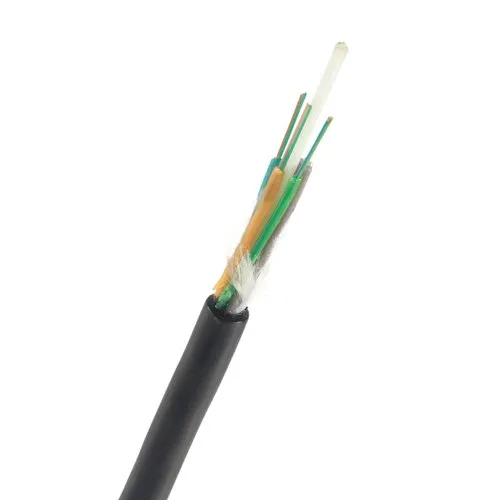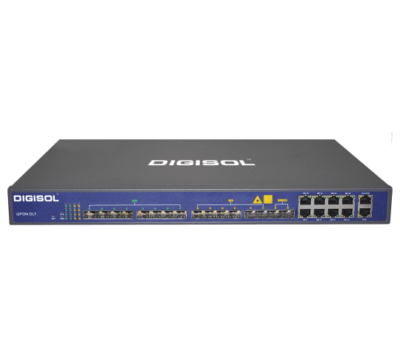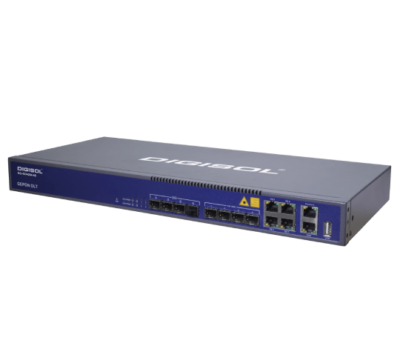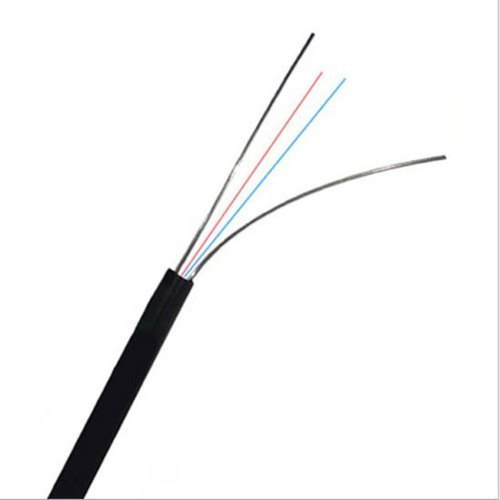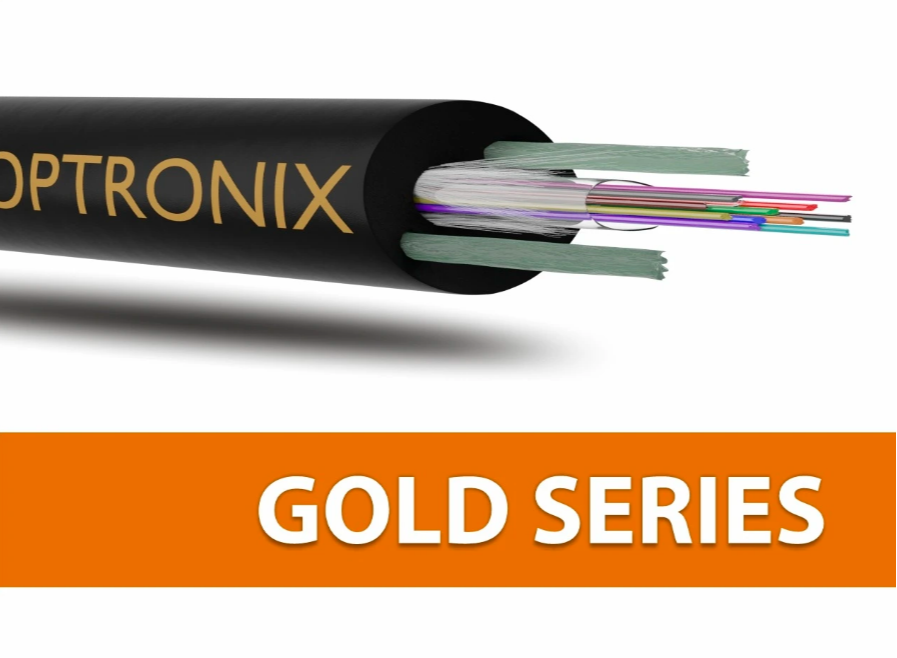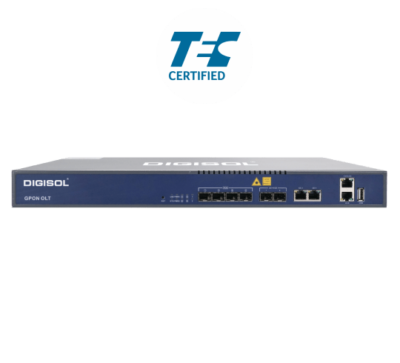Best For
- Last-Mile FTTH Connections in Suburban Areas
- Designed for Fiber to the Home (FTTH) deployments, delivering high-speed internet, voice, and video services to suburban households or small communities.
- Ideal for suburban areas in India, where infrastructure is less dense than urban centers but requires cost-effective, easy-to-install solutions.
- Suited for aerial installations (e.g., pole-to-home) or short duct runs, connecting end-users to distribution points.
Why Choose Syrotech’s 2f Drop Cable?
- Cost-Effective: At ₹6 per meter, it is the most affordable option (vs. Aks: ₹6.9/m, Transoptic: ₹15/m, Paramount: ₹16/m, Optronix: ₹17/m), enabling large-scale FTTH rollouts on tight budgets.
- Lightweight and Easy to Install: The flat drop design and low weight simplify aerial or duct installations, reducing labor costs and deployment time.
- UV Resistance: The UV-resistant jacket ensures durability in suburban environments with prolonged sun exposure, extending the cable’s lifespan.
- Adequate Performance: The G.652D fiber and 0.35 dB/km attenuation provide reliable signal quality for last-mile connections, supporting high-speed broadband.
- Compact Design: The flat, slim profile allows for discreet installations, blending seamlessly into suburban infrastructure.
- Value for Small Projects: Offers an optimal balance of performance and cost, making it ideal for small-scale FTTH deployments or community broadband initiatives.
Applications
- FTTH Last-Mile Connectivity: Connects individual homes or small apartment complexes to broadband networks, supporting streaming, gaming, and remote work.
- Suburban Community Networks: Facilitates connectivity for suburban schools, small businesses, or residential clusters.
- Aerial Drop Installations: Perfect for pole-to-home setups, common in suburban areas with overhead utility lines.
- Smart Home Connectivity: Supports the infrastructure for smart home devices requiring stable, high-bandwidth connections.
Comparison with Transoptic, Paramount, Aks, and Optronix Cables
- Fiber Standard: Syrotech uses G.652D (like Transoptic and Aks), a standard single-mode fiber, unlike Paramount’s G.657A1 and Optronix’s G.657A2, which are bend-insensitive and better for tight indoor spaces.
- Attenuation: Syrotech’s 0.35 dB/km matches Transoptic and Aks, but is slightly higher than Paramount (0.34 dB/km) and Optronix (0.33 dB/km), though sufficient for short last-mile runs.
- Tensile Strength: Syrotech’s 800N is the lowest (vs. Optronix/Transoptic: 1000N, Paramount: 1200N, Aks: 1500N), reflecting its lightweight design for less demanding installations.
- Protection: Syrotech’s UV-resistant jacket is similar to Transoptic’s, but lacks Aks’s armoring, Paramount’s rodent-proofing, or Optronix’s likely flame-retardant properties, as it prioritizes lightweight outdoor use.
- Design: Syrotech’s flat drop design is unique, optimized for aerial/duct FTTH, unlike Transoptic’s round cable (urban FTTH), Paramount’s rodent-proof cable (offices), Aks’s armored cable (rural outdoor), or Optronix’s slim cable (indoor commercial).
- Price: Syrotech is the cheapest at ₹6/m (vs. Aks: ₹6.9/m, Transoptic: ₹15/m, Paramount: ₹16/m, Optronix: ₹17/m), ideal for budget-sensitive projects.
- Use Case: Syrotech is best for suburban FTTH last-mile, Transoptic for urban FTTH, Paramount for urban offices, Aks for rural outdoor, and Optronix for indoor commercial buildings.
Additional Considerations
- Compliance: Meets ITU-T G.652D standards, ensuring compatibility with standard optical equipment used in FTTH networks.
- Environmental Suitability: The UV-resistant jacket is well-suited for suburban climates with moderate weather, though less robust than Aks’s armored, water-resistant design for harsher rural conditions.
- Scalability: Supports current broadband needs and future bandwidth increases, accommodating growing internet demands in suburban areas.
- Installation Ease: The flat drop design and lightweight construction make it ideal for quick, low-skill installations, reducing deployment costs.

